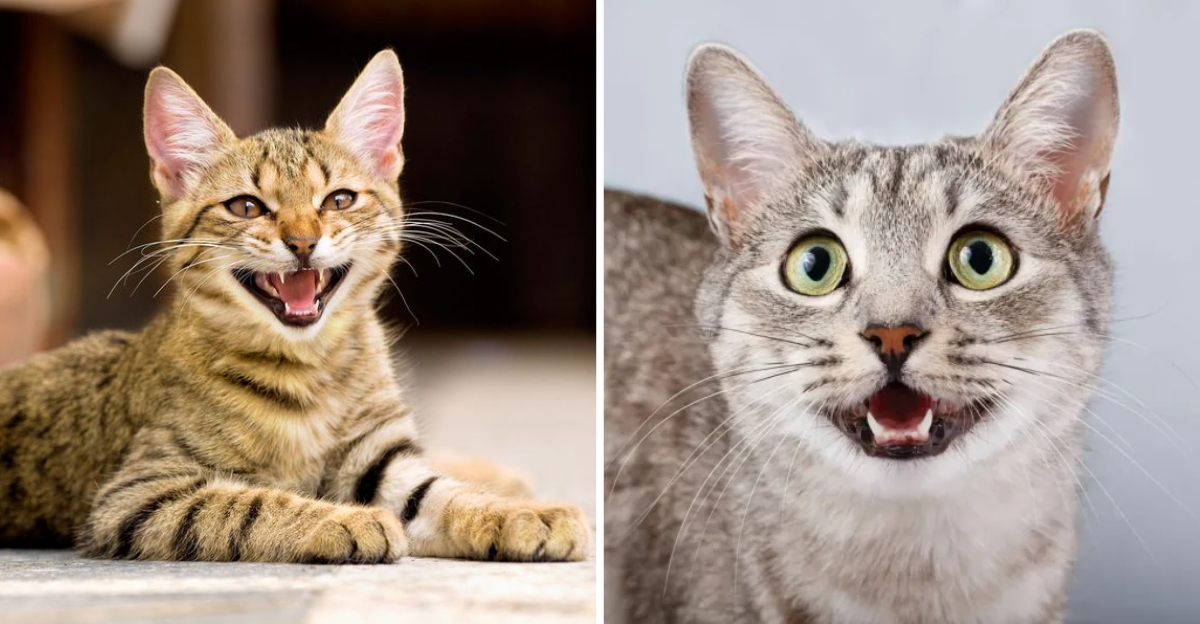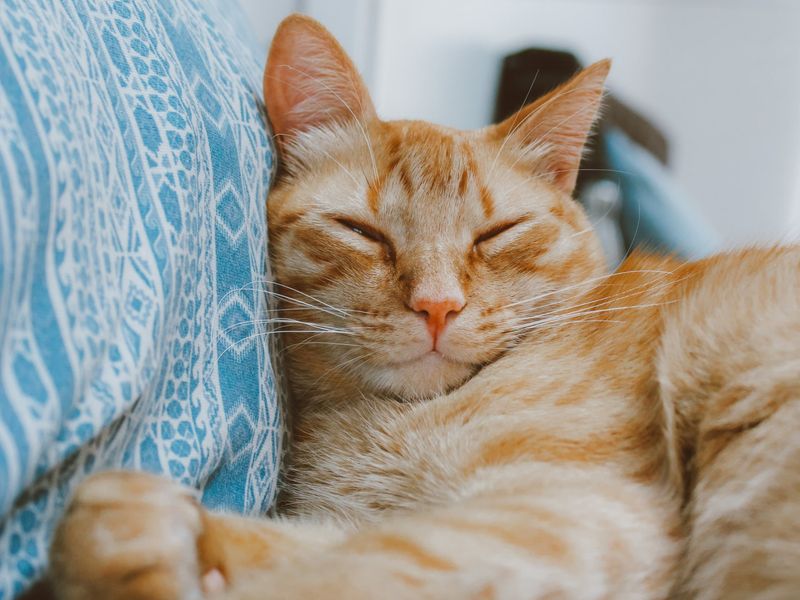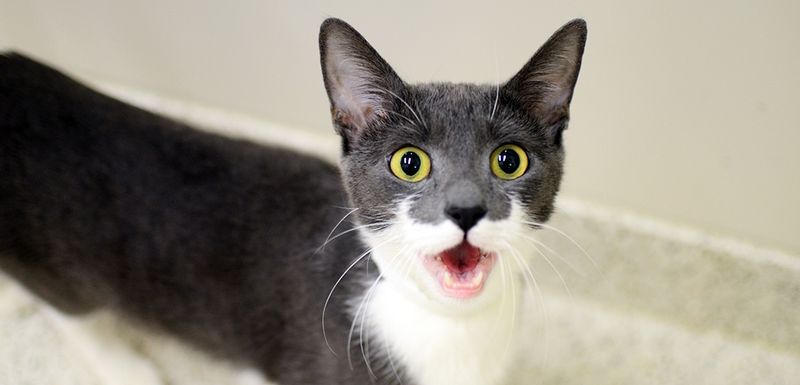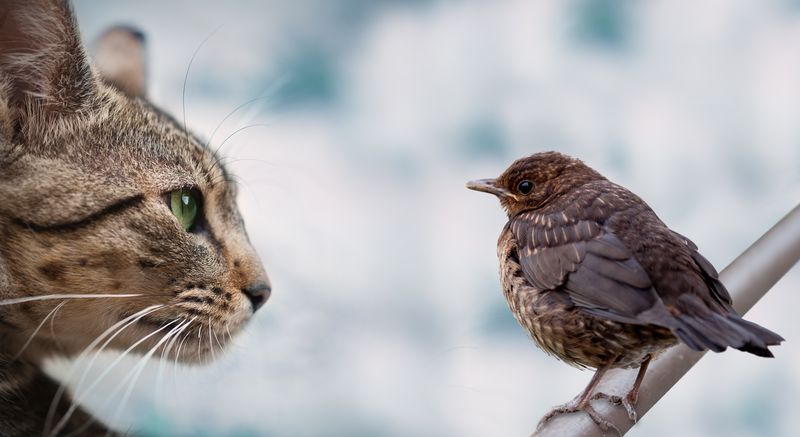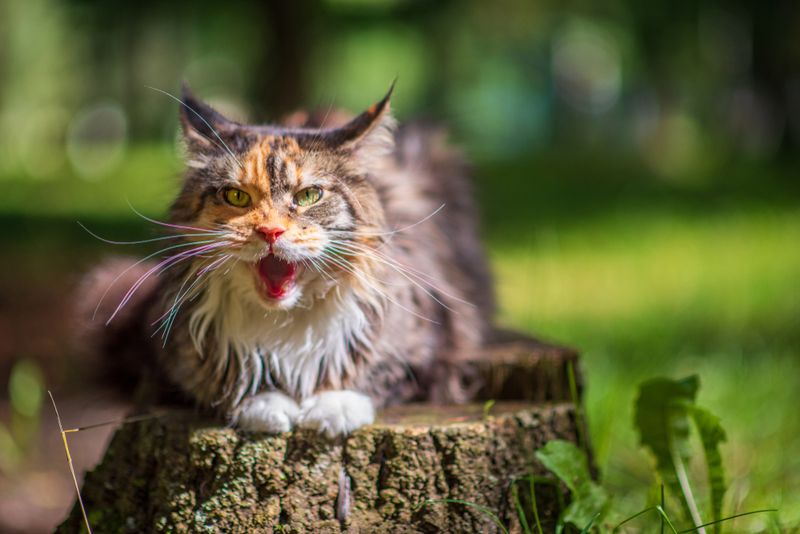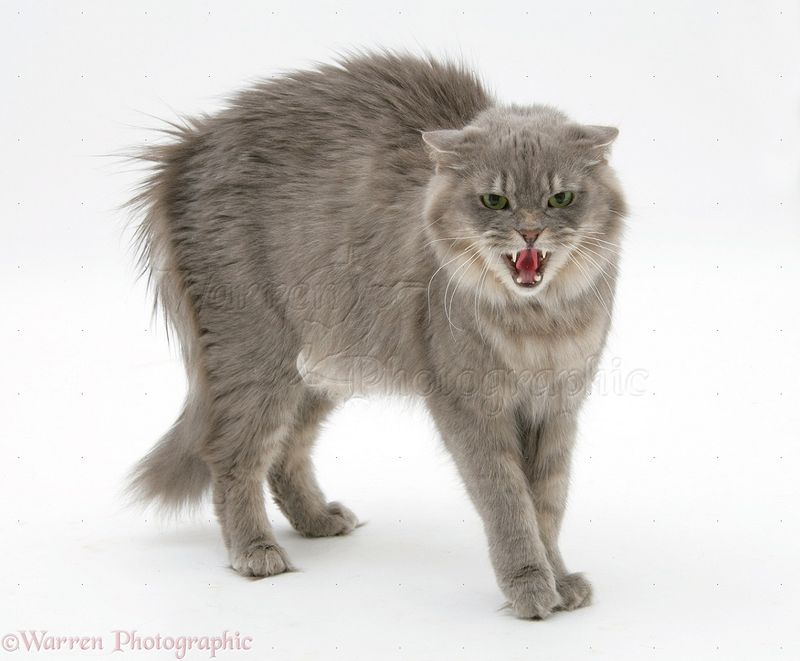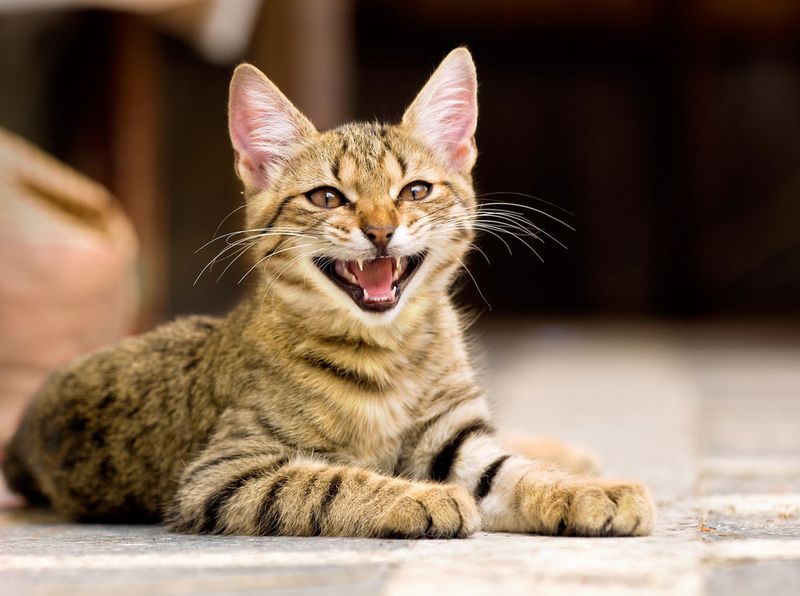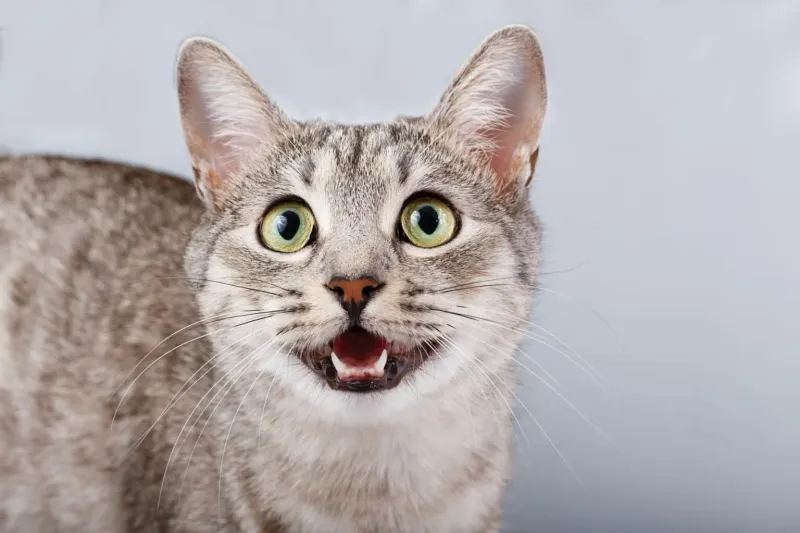📖 Table of Content:
Cats are enigmatic creatures, communicating with a distinct set of vocalizations that intrigue and mystify their human companions. Each meow or purr carries a message, often tailored to elicit a specific response from their audience. Understanding these sounds not only deepens the bond between cat and owner but also enhances the pet’s well-being by addressing their needs more accurately. From playful chirps to insistent yowls, cats have a variety of sounds that convey their feelings and desires. This article delves into seven different cat sounds, exploring what each could mean and how to interpret them.
1. The Gentle Purr
The gentle purr of a cat is like a warm embrace, often signaling contentment and relaxation. Cats purr to express happiness, especially when in the company of their favorite humans. Interestingly, purring can also serve as a self-soothing mechanism when a cat is stressed or unwell. The rhythmic vibrations can promote healing by reducing pain and anxiety. Did you know? Certain frequencies of purring have been found to stimulate bone regeneration, making this sound more than just a sign of comfort. Listening to a cat purr can be a calming experience, offering a glimpse into their tranquil world.
2. The Insistent Meow
The insistent meow is a cat’s direct line of communication, often used to grab attention or make requests. Whether they’re hungry, want to go outside, or crave some playtime, this vocalization is designed to be noticed. Each cat has its own unique meowing pattern, which they often adapt to suit their owners’ responses. In multi-cat households, cats may develop distinct meows to differentiate themselves. Fun fact: Some cats are known to mimic the sound of a baby’s cry to ensure they get immediate attention! This sound is a testament to a cat’s adaptability and intelligence.
3. The Chirpy Chirrup
Ever heard your cat making a peculiar chirping sound? This chirpy chirrup is commonly observed when cats spot birds or small animals outside. It’s believed to be an expression of excitement or frustration at not being able to reach the prey. Some experts suggest it mimics the sound of birds to lull them into a false sense of security. This sound highlights a cat’s hunting instincts, even in the comfort of home. Cats may also chirrup to greet their humans, showcasing their playful and social side. It’s a delightful reminder of their wild ancestry.
4. The Frustrated Yowl
The frustrated yowl is a long, drawn-out sound that can indicate a range of emotions, from loneliness to territorial disputes. It’s often heard in tomcats during mating seasons or when cats feel threatened by intruders. Yowling can also be a sign of discomfort or confusion, especially in older cats experiencing cognitive issues. This sound is a call for help or companionship, urging someone to heed their distress. Unlike meowing, which is typically aimed at humans, yowling is often a communication between cats. It’s an essential part of their social dynamics.
5. The Anxious Hiss
The anxious hiss serves as a clear warning, signaling that a cat feels threatened or uncomfortable. This sound is accompanied by body language such as an arched back or fluffed-up fur. It’s a defensive mechanism designed to ward off danger and prevent physical confrontations. Cats rely on hissing to establish boundaries and protect themselves from perceived threats. Interestingly, even kittens instinctively hiss when they feel vulnerable. Recognizing and respecting this sound helps prevent potential aggression, ensuring both cat and human feel safe and secure in their environment.
6. The Playful Trill
The playful trill is a sound that resembles a cross between a meow and a purr, signaling affection and friendliness. Cats often use this sound to greet their human companions or to encourage interaction with fellow pets. Trilling is a sign of a well-adjusted and sociable cat, inviting play or attention in a gentle manner. This vocalization is commonly associated with mother cats communicating with their kittens, fostering a nurturing environment. For humans, hearing a trill can be heartwarming, as it signifies trust and companionship, strengthening the human-animal bond.
7. The Curious Merp
The curious “merp” is a unique sound that captures a cat’s inquisitive nature. Often emitted when investigating new objects or environments, it reflects their innate curiosity and sense of exploration. This sound can be an invitation to join them in their discoveries or simply a way to express fascination. Cats are natural explorers, and the “merp” is part of their way of processing and reacting to new stimuli. By acknowledging this sound, owners can nurture their cat’s adventurous spirit, providing opportunities for enrichment and mental stimulation.
